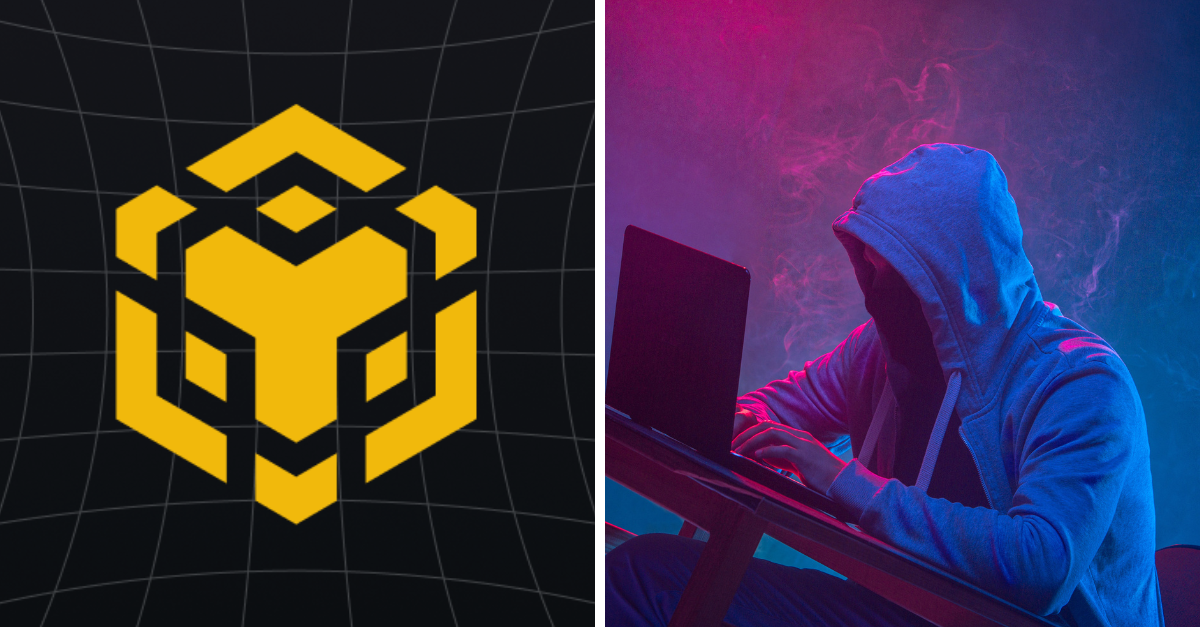Layer1 Protocol Galactica Network Introduction: Can it fundamentally solve the witch attack problem?
Layer1 Protocol Galactica Network: Can it solve the witch attack problem?Crypto researcher Ernestxavier introduced a Layer1 protocol called Galactica Network, which utilizes zero-knowledge encryption technology to resist witch attacks and builds a reputation system across the entire protocol.
The term “witch attack” refers to an attack in which the attacker creates multiple virtual identities to gain disproportionate influence in the network. In Web3, creating a new wallet does not require any cost, so there are some interesting methods at the consensus level to resist witch attacks. The PoW mechanism requires each node to contribute computing power to the network to participate in consensus, so even if multiple addresses are created, it still counts as one node in terms of voting rights. The PoS mechanism allocates voting rights based on the amount of tokens invested by validators. Therefore, there is no way to increase influence simply by creating new addresses. However, upon careful consideration, these methods do not really solve the problem, but only increase the cost of witch attacks. Malicious actors can still conduct witch attacks by purchasing enough computers and tokens.
Galactica fundamentally solves the problem of witch attacks by introducing the concept of “persistent identities”, which means that each private key represents a real user and is extremely difficult to replicate. Through its ZK certificate and reputation root contract (RPC), the creation of a large number of addresses by malicious actors becomes meaningless. Through these, many impossible things can now be achieved on the chain, including providing mortgage loans for addresses with a certain threshold of reputation scores, and implementing true anti-witch attack in protocol governance.
- Ribbon Finance Governance Proposal: Consolidating Ribbon Finance and Aevo
- Messari: Solana’s Q2 2023 Performance
- In-depth analysis of MakerDAO RWA layout, how DeFi protocols integrate real world assets
Reference: https://twitter.com/ernestxavier_/status/1678801913943392256
We will continue to update Blocking; if you have any questions or suggestions, please contact us!
Was this article helpful?
93 out of 132 found this helpful
Related articles
- AltLayer: How to perform decentralized Rollup state verification using Beacon Layer?
- An Overview of Decentralized Stablecoin Platform Reserve: How is Decentralized Currency Creation Achieved?
- Starbucks has been exploring Web3 for half a year. What has the Odyssey Plan done so far?
- Full Text: US announces first criminal case involving attack on DEX smart contract
- Web3 Industry Survival Guide: 5 Simple to Incredible Methods for Preventing Sudden Death and Fighting Depression
- A New Opportunity Emerges? What is the Controversial Bitcoin Rollup?
- Under the trend of modularity, should applications build their own chains?






